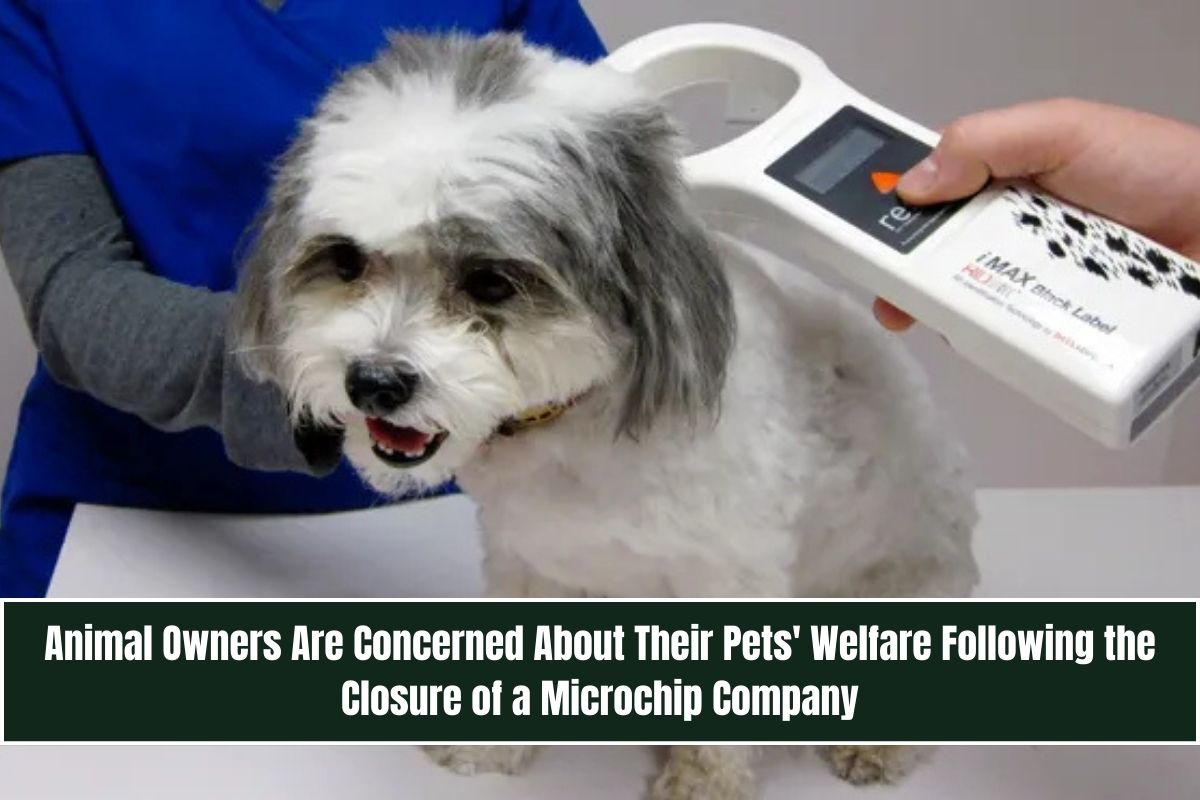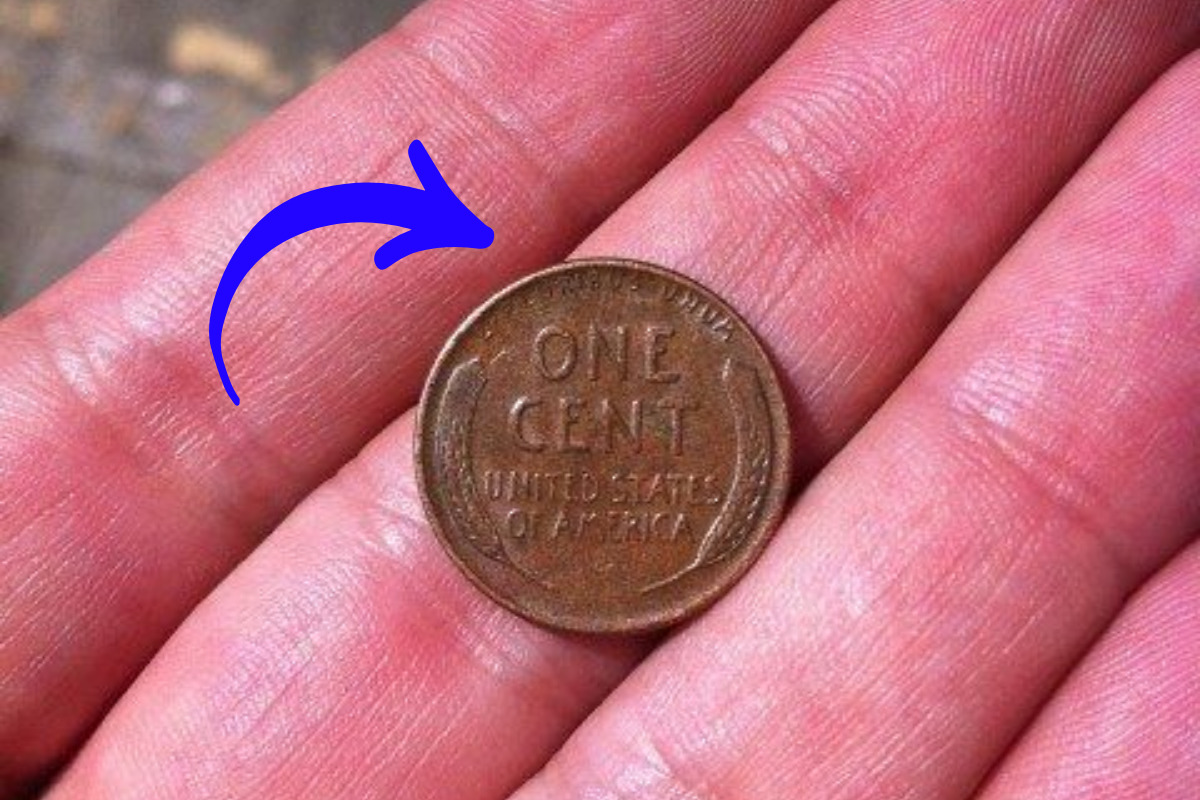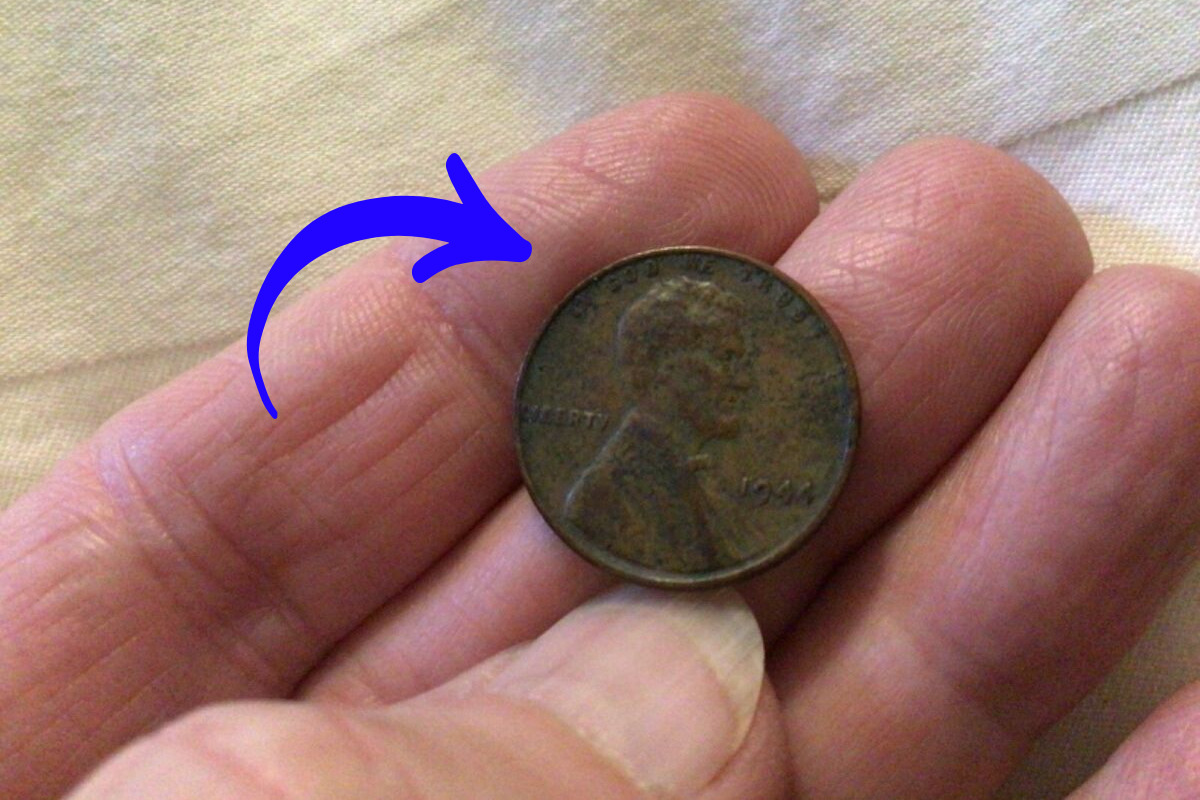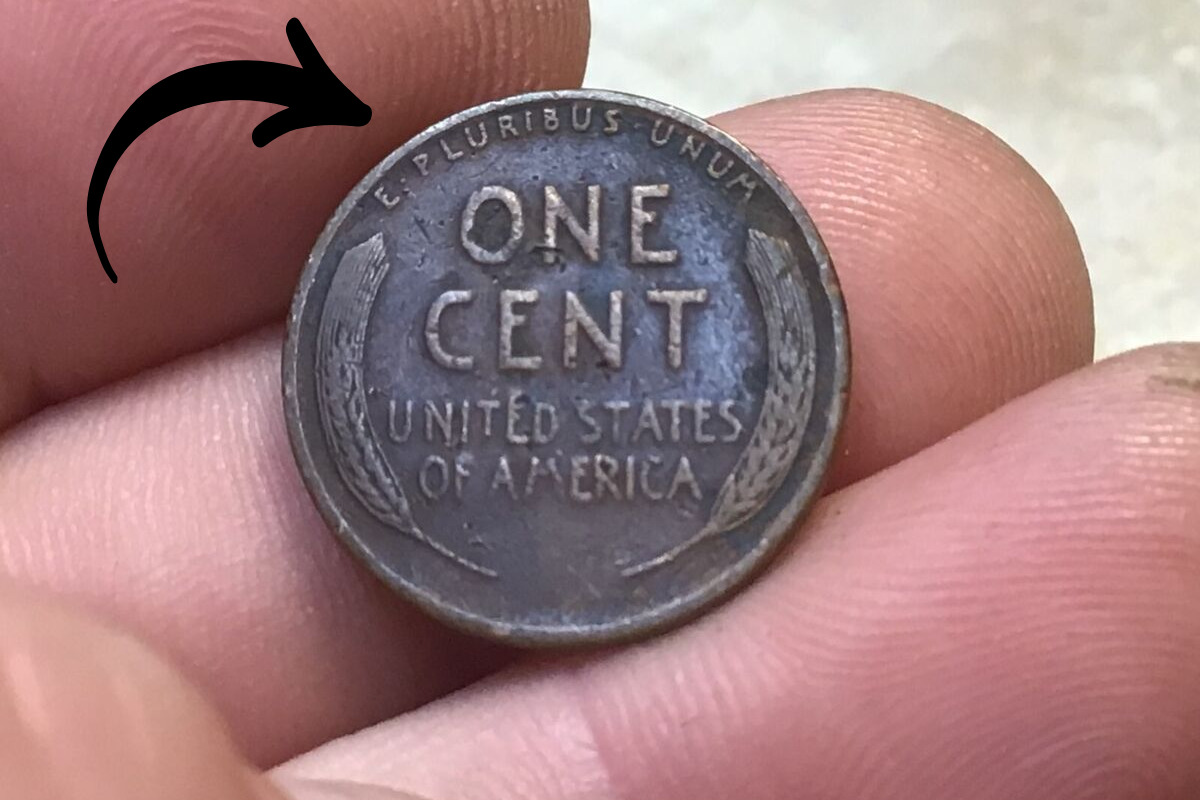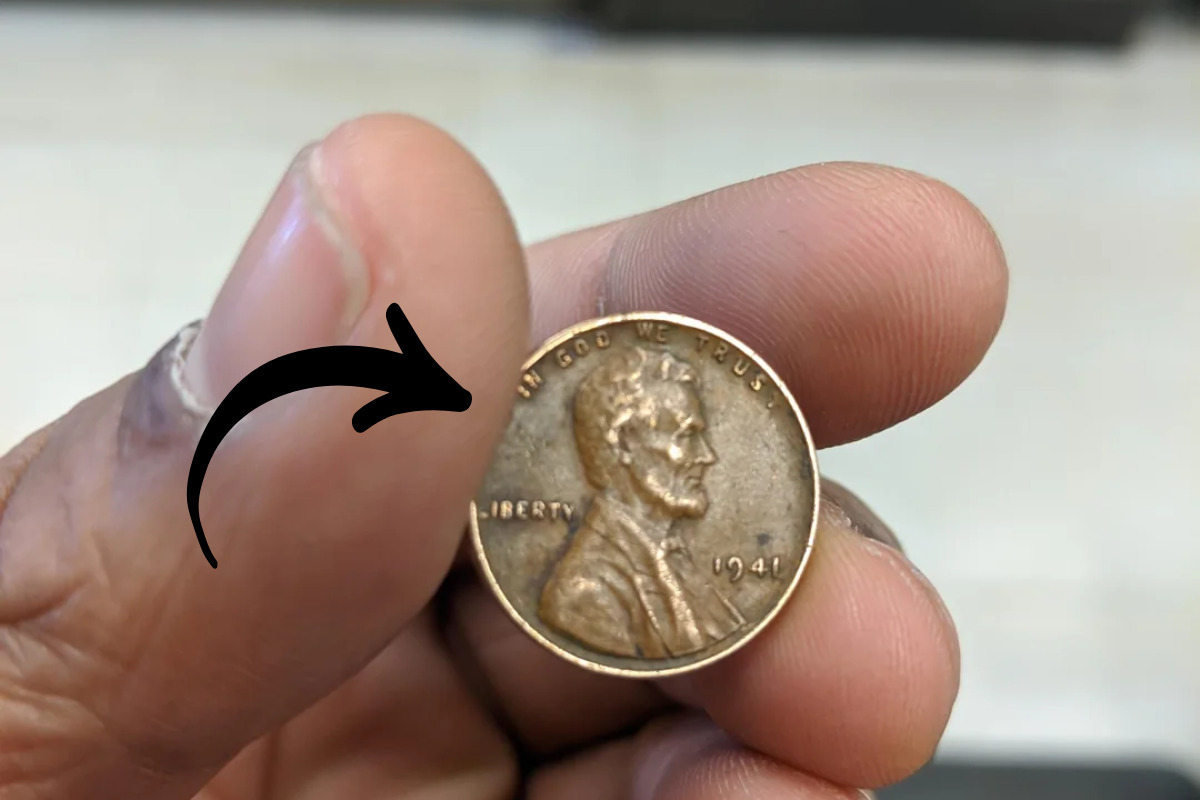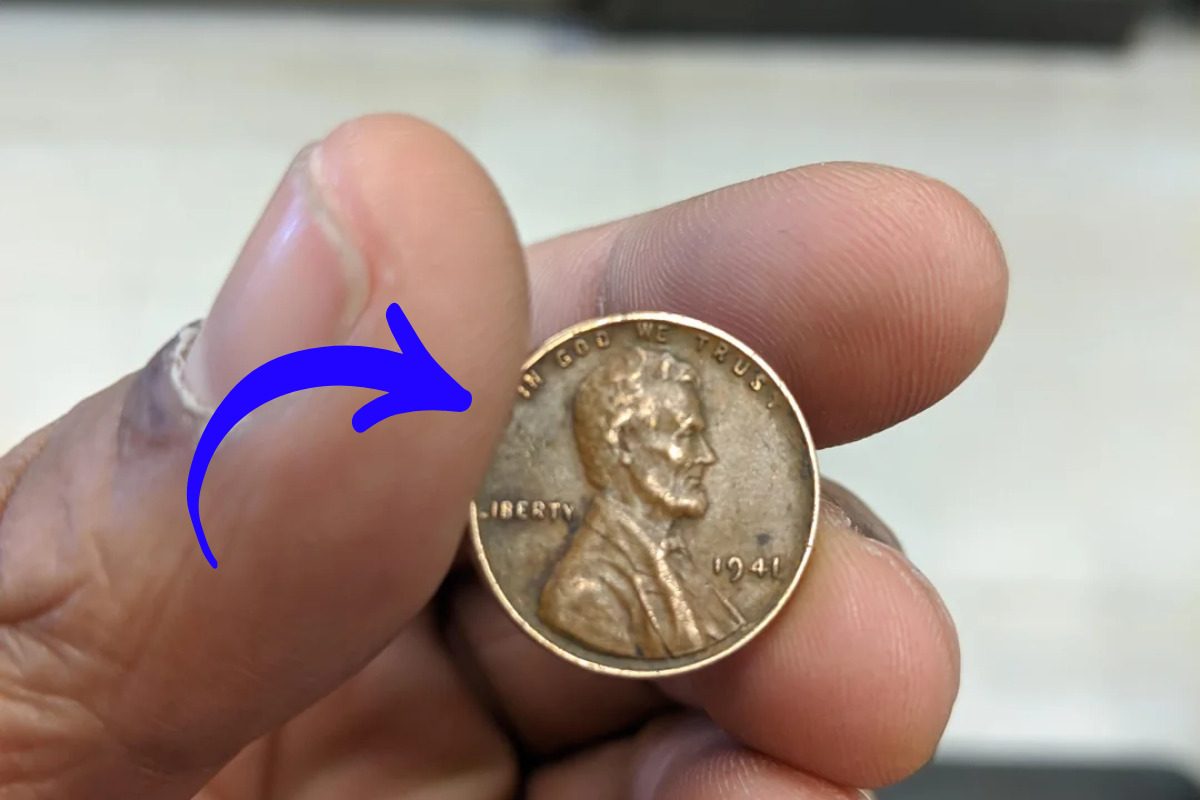Microchipping pets is a crucial step in ensuring their safety, as it helps reunite lost animals with their owners. However, the unexpected closure of Save This Life, a Texas-based pet microchip company, has left many pet owners concerned about the security of their pets’ identification. With the company’s website and customer support going unresponsive, pet owners are now looking for alternative ways to update and protect their pets’ microchip information.
In this article, we will explain how pet microchips work, what pet owners affected by Save This Life’s shutdown should do, and how to update a pet’s microchip registration with another provider.
Save This Life Microchip Company Closes Without Warning
On Tuesday, Save This Life was listed as an inactive business in Texas due to “Franchise Tax Involuntarily Ended” status, meaning the company failed to meet tax obligations. Since then, pet owners, shelters, and rescues have been unable to contact the company.
Calls to Save This Life’s customer service number now result in an out-of-service message, while emails receive an automatic reply stating that a support ticket has been created, but no further responses follow. CEO Christian White has not responded to inquiries from USA TODAY.
Many pet owners are now left wondering what to do next if their pet’s microchip was registered with the company.
How Do Pet Microchips Work?
A pet microchip is a small radio frequency identification (RFID) device that is implanted under the skin of a dog or cat. It does not have a battery and is only activated when scanned by a microchip reader.
Here’s how it works:
- A veterinarian or shelter scans a lost pet for a microchip.
- The scanner detects a unique ID number assigned to the pet.
- The ID number is linked to the owner’s contact information in a microchip database.
- The shelter or vet can contact the registered owner to reunite them with their pet.
It is important to note that microchips are not GPS trackers and cannot provide real-time location updates.
According to the American Veterinary Medical Association (AVMA), only six out of ten pet microchips are properly registered with updated contact information, making it essential for pet owners to ensure their registration is valid.
What to Do If Your Pet’s Microchip Was Registered with Save This Life
If your pet’s microchip starts with 991 or 900164, it was likely registered with Save This Life. However, you can still register your pet’s chip with another microchip company.
Steps to Re-register Your Pet’s Microchip:
- Check with your veterinarian. Most vets have microchip scanners and records of which microchip was implanted in your pet.
- Look up your pet’s microchip number using the AAHA Universal Pet Microchip Lookup Tool to find the company associated with the chip.
- Register your microchip with another provider. Since Save This Life is no longer operational, you can transfer your pet’s microchip to another AAHA-accredited microchip registry, such as:
- Avid Identification Systems, Inc.
- BuddyID
- HomeAgain
- National Microchip Registration
- Ensure your contact information is updated. If you move or change your phone number, update your microchip registration details.
Several microchip companies are currently offering free registration or discounts for pet owners affected by Save This Life’s closure.
How Much Does Microchipping Cost?
If your pet is not yet microchipped, the procedure is affordable and painless. According to the AVMA, it typically costs between $25 and $50 and does not require surgery or anesthesia.
Why Should You Microchip Your Pet?
Increases the chances of reuniting with a lost pet
Permanent form of identification (unlike collars and tags, which can fall off)
Required for international pet travel
Quick, safe, and inexpensive procedure
If your pet is already microchipped, ensure your contact details are registered and up to date with a reliable provider.
The Impact of Save This Life’s Shutdown on Pet Owners
The closure of Save This Life has left thousands of pet owners, shelters, and rescues in a difficult position. Many have expressed their frustration on social media, questioning why the company has not issued an official statement.
Veterinary and animal welfare organizations have also raised concerns that pets with Save This Life microchips could be harder to reunite with their owners if their registration data is no longer accessible.
To avoid similar issues in the future, pet owners should consider choosing a well-established microchip registry and ensuring that their pet’s information is registered in multiple databases.
While the closure of Save This Life has caused panic among pet owners, there are solutions available. Your pet’s microchip is still functional, and you can register it with another microchip company to ensure they remain protected.
If your pet is not yet microchipped, it’s a simple and effective way to ensure they can always find their way back home. Don’t wait until it’s too late—check your pet’s microchip registration today.
